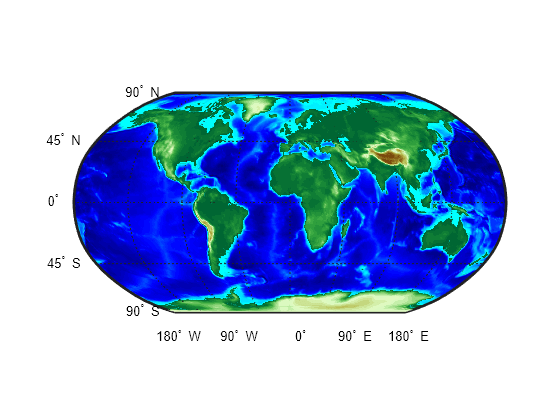geocrop
Crop geographic raster
Description
[
crops the geographic raster B,RB] = geocrop(A,RA,latlim,lonlim)A, which uses the raster reference
RA, and returns the cropped raster B and raster
reference RB. The returned raster is cropped to geographic limits in
degrees close to those specified by latlim and
lonlim.
To clip vector data represented by a point, line, or polygon shape in geographic
coordinates, use the geoclip function
instead.
Examples
Input Arguments
Output Arguments
Tips
To crop a raster in planar map coordinates, use the
mapcropfunction.To create a raster with limits that match
latlimandlonlim, resample the raster by using thegeoresamplefunction.
Version History
Introduced in R2020a

